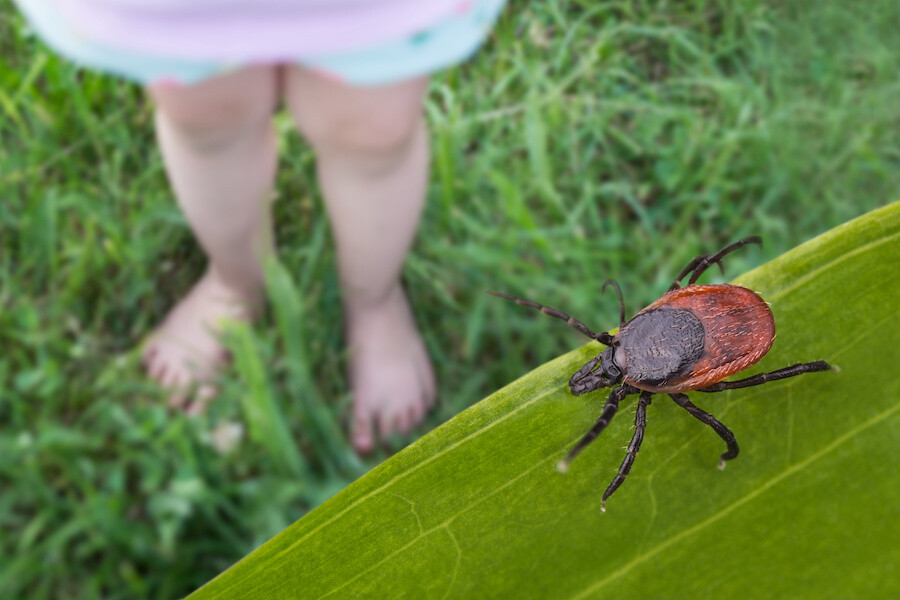Living in Connecticut, we all cherish our state’s natural beauty. But with those scenic woodlands and brushy fields comes a potential health threat: ticks. These tiny arachnids can transmit Lyme disease, the most common vector-borne illness in the United States. Did you know that in Connecticut alone, an estimated 30,000 people contract Lyme disease each year? That’s a significant number, highlighting the importance of awareness and preventive measures.
The danger lies not just in the prevalence of ticks but also in the possibility of them carrying Lyme disease. While not all ticks are infected, about 30% of ticks in Connecticut can transmit the bacteria. Left untreated, Lyme disease can cause a range of health problems, from fatigue and joint pain to neurological issues and heart complications.
Minimizing Your Risk
So, how can you minimize your risk of encountering ticks and Lyme disease? Here are some key strategies:
- Dress for Defense: Wear long pants and long-sleeved shirts when spending time outdoors. Tuck your pants into your socks for added protection.
- Repel the Threat: Use insect repellent containing DEET, picaridin, or IR3535 on your clothing and exposed skin. Follow product instructions carefully.
- Mind Your Surroundings: Stick to cleared trails and avoid tall grass and brushy areas where ticks are more likely to be present.
What to Do if You Find a Tick
Now, imagine you find a tick attached to your skin. Don’t panic! Here’s what to do:
- Remove Carefully: Use fine-tipped tweezers to grasp the tick near its head and gently pull it straight out. Avoid squeezing the body, as this can increase the risk of infection.
- Clean and Monitor: Disinfect the bite area with rubbing alcohol or soap and water. Keep an eye on the bite for the next few weeks, looking for the telltale “bullseye” rash, a circular red mark that expands over time.
- Seek Medical Attention: If you experience any symptoms of Lyme disease, such as fever, fatigue, muscle aches, or the bullseye rash, consult your doctor immediately. Early diagnosis and treatment are crucial for a full recovery.
If you find a tick and safely remove it, the tick can be brought to Uncas Health District for free testing. This helps public health officials track tick populations and Lyme disease prevalence in the area.
Remember, in Connecticut and across the U.S., Lyme disease is a significant public health concern. By following these preventive measures and taking prompt action in case of a tick bite, we can all play a role in protecting ourselves and our community. So stay vigilant, enjoy the outdoors responsibly, and let’s all have a safe and healthy summer.
